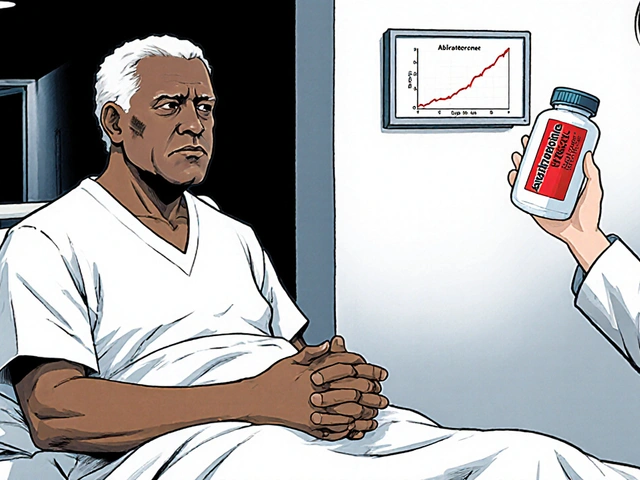Menstrual Cycle: What Happens and How to Stay on Top of It
Most people hear “period” but don’t know what’s really going on inside the body. Your cycle is a monthly dance of hormones that prepares you for pregnancy, then resets when it isn’t needed.
How Your Body Moves Through the Cycle
The first half, called the follicular phase, starts with the first day of bleeding. Estrogen climbs, your lining thickens, and an egg gets ready in the ovary. Around day 14 most people hit ovulation – the egg bursts out and can be fertilized for about a day.
After ovulation comes the luteal phase. Progesterone rises, keeping the lining cozy just in case an embryo shows up. If nothing implants, hormone levels drop, the lining sheds, and you get your period again. This whole loop usually lasts 28 days but can range from 21 to 35 without being a problem.
Simple Ways to Track & Ease Symptoms
Tracking doesn’t have to be high tech. A phone note, a paper calendar, or a free app works as long as you mark the first day of bleeding and any noticeable signs – cramps, mood shifts, breast tenderness, or changes in discharge.
Spotting patterns helps you predict when ovulation hits, which is useful if you’re trying to conceive or avoid pregnancy. It also lets you see if something feels off, like very short cycles or unusually heavy flow, so you can talk to a doctor early.
To ease cramps, try gentle movement such as walking or yoga; the blood flow improves and muscles relax. A heating pad on your lower belly can cut pain in half for many people. Over‑the‑counter ibuprofen works well if you need stronger relief, but always follow the label.
Hormonal ups and downs can mess with mood. Eating steady meals, staying hydrated, and getting enough sleep keep blood sugar stable, which smooths out irritability. If you notice severe mood swings or depression, a quick chat with your healthcare provider can uncover whether hormonal therapy might help.
When you’re near the end of the cycle, watch for pre‑menstrual symptoms like bloating or acne. Reducing salty foods and drinking plenty of water often makes the swelling less noticeable. A few days of extra magnesium (found in nuts and leafy greens) can calm both cramps and mood swings.
Remember, every body is unique. If your cycle suddenly changes length, skips periods, or brings new pain, it’s worth a check‑up. Conditions like polycystic ovary syndrome or thyroid issues can show up as irregular bleeding, and early treatment makes a big difference.
The key takeaway? Knowing the phases, logging what you feel, and using simple home tricks can turn an unpredictable monthly event into something you understand and manage. Stay curious, listen to your body, and don’t hesitate to ask a professional when you need help.
Understanding Long-Term Health Impacts of Premenstrual Dysphoric Disorder
Premenstrual Dysphoric Disorder (PMDD) is more than just severe PMS; it can influence long-term physical and mental health. This article explores the chronic impacts of PMDD, offers helpful tips for management, and discusses available treatment options to improve quality of life.
About
Health and Wellness
Latest Posts


Preventive Measures for Building Resilient Pharmaceutical Supply Chains to Prevent Drug Shortages
By Orion Kingsworth Dec 23, 2025

Buy Cheap Generic Crestor Online - 2025 Guide to Safe Savings
By Orion Kingsworth Oct 8, 2025

Abiraterone: Transforming Prostate Cancer Care for African American Men
By Orion Kingsworth Oct 18, 2025

